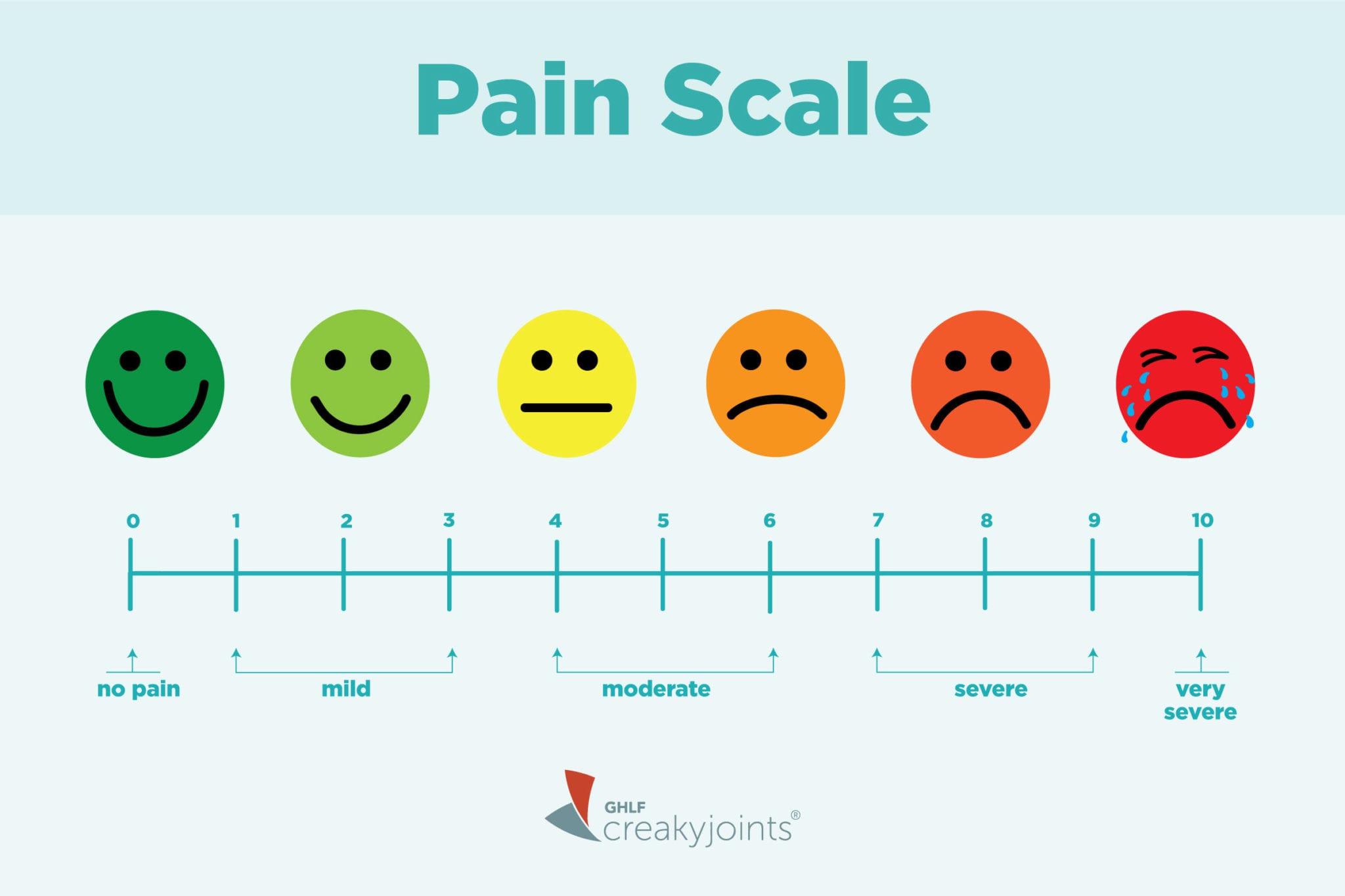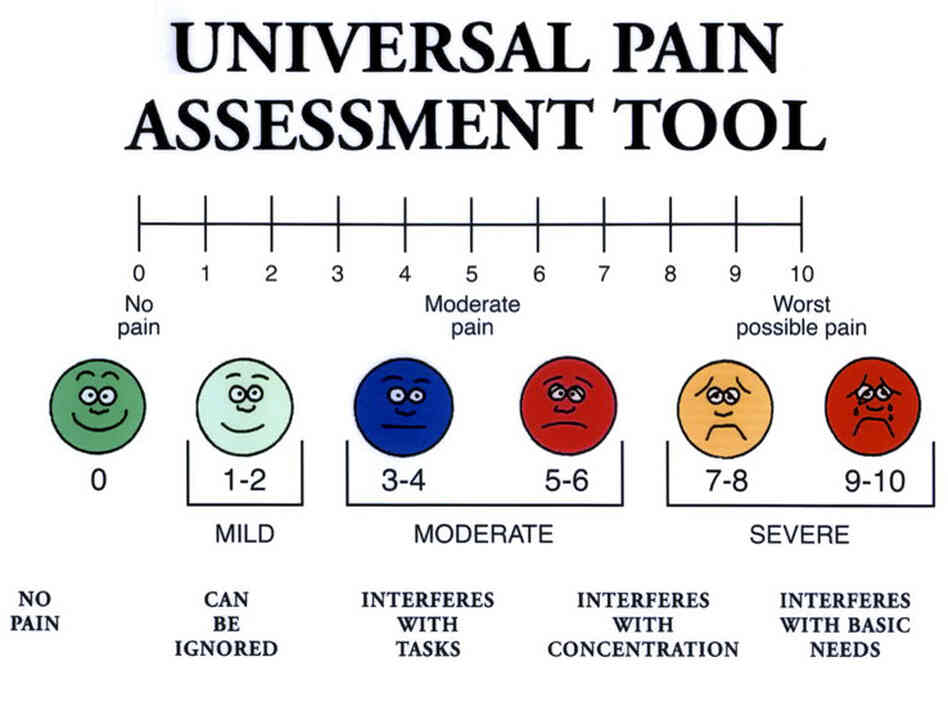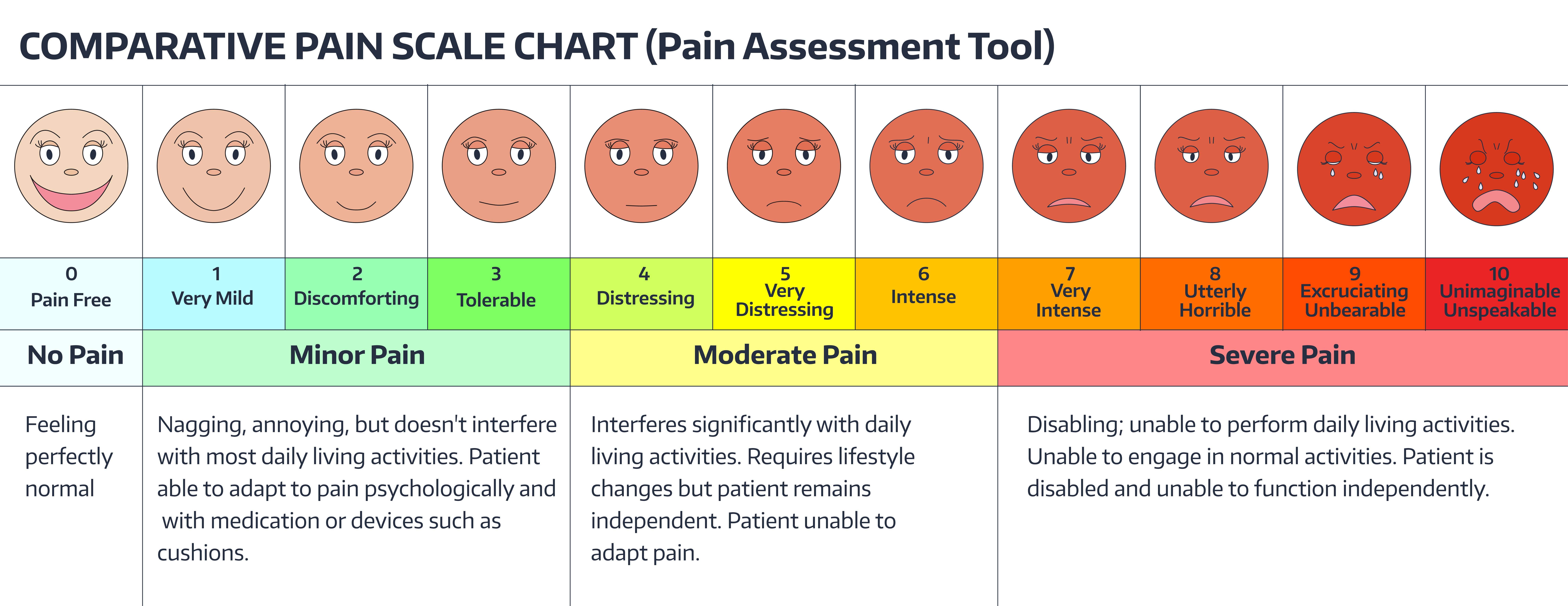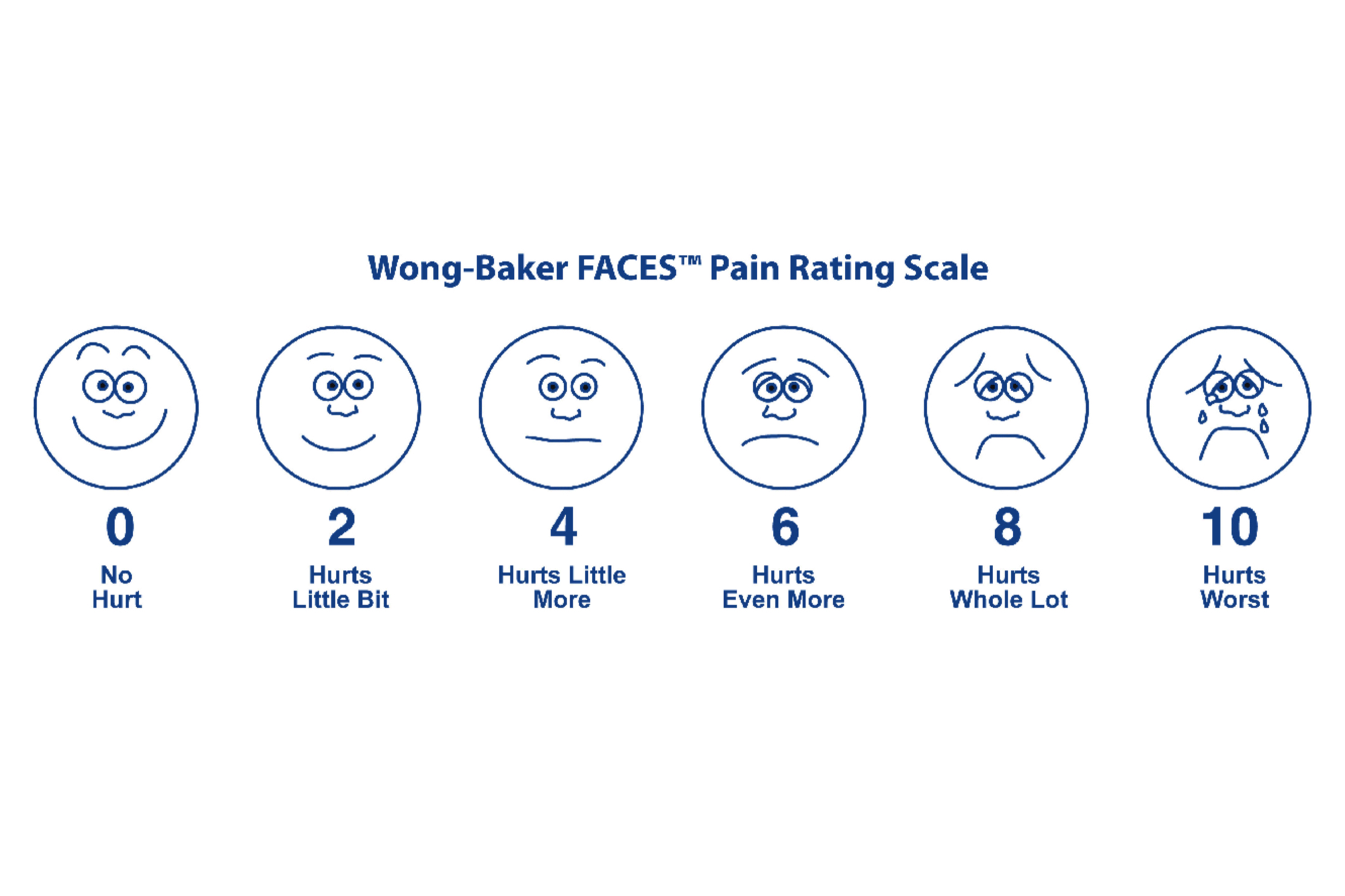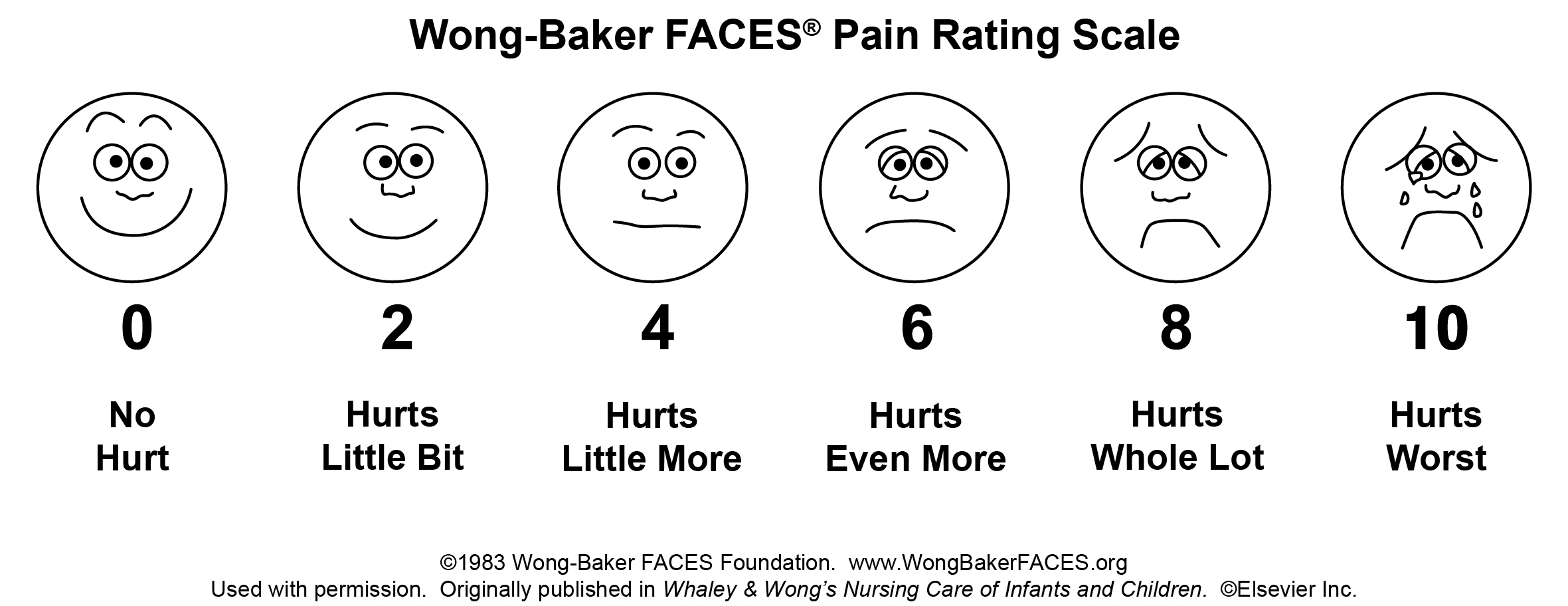Faces Pain Scale Printable
Faces Pain Scale Printable - Face o doesn't hurt at all. Here are the different types, pros and cons, and a chart with faces. Face 8 hurts a whole lot. Three three studies were carried out to revise the original scale and validate the adapted version. Face 4 hurts a little bit more. Point to the face that shows how bad your pain is right now.” Web explain to the child that each face is for a person who feels happy because he has no pain (hurt) or sad because he has some or a lot of pain. Face 0 is very happy because he doesn’t hurt at all. Face 1 hurts just a little bit. Poster, 6th international symposium on paediatric pain, special interest group
Web explain to the child that each face is for a person who feels happy because he has no pain (hurt) or sad because he has some or a lot of pain. Face 10 hurts as much as you Face 0 is very happy because he doesn’t hurt at all. Web the faces scale is widely used with people ages three and older, not limited to children. It uses a combination of faces, numbers, and words, providing multiple ways for. Rating scale is recommended for persons age 3 years and older. Explain to the person that each face is for a person who feels happy because he has no pain (no hurt) or sad because he has some or a lot of pain. This nonverbal assessment relies on facial expressions when identifying and. Originally published in whaley & wong’s nursing care of infants and children. Ask the child to choose face that best describes own pain and record the appropriate number.
Face 2 hurts just a little bit. Face 4 hurts a little bit more. Face 1 hurts just a little bit. Web explain to the child that each face is for a person who feels happy because he has no pain (hurt) or sad because he has some or a lot of pain. Face 10 hurts as much as you “the faces show how much pain or discomfort someone is feeling. Development, initial validation and preliminary investigation for ratio scale properties. Point to each face using the words to describe the pain intensity. Face 0 is very happy because he doesn’t hurt at all. Explain to the person that each face is for a person who feels happy because he has no pain (no hurt) or sad because he has some or a lot of pain.
Pain Scale Printable
“the faces show how much pain or discomfort someone is feeling. Poster, 6th international symposium on paediatric pain, special interest group Explain to the person that each face is for a person who feels happy because he has no pain (no hurt) or sad because he has some or a lot of pain. Point to each face using the words.
Printable Pain Scale With Faces
Web using this free printable faces pain scale, practitioners can better identify and manage pain to reduce discomfort and work towards improved healthcare experiences. Face 4 hurts a little bit more. Development, initial validation and preliminary investigation for ratio scale properties. Face 0 is very happy because he doesn’t hurt at all. Face 0 doesn’t hurt at all.
Pain Scale Faces Printable
Web see the nips scale for the description of infant behavior in each indicator group. Explain to the person that each face is for a person who feels happy because he has no pain (no hurt) or sad because he has some or a lot of pain. Web explain to the person that each face represents a person who has.
Printable Pain Scale With Faces
Here are the different types, pros and cons, and a chart with faces. Face 4 hurts a little bit more. The suggested interventions based upon the. Web using this free printable faces pain scale, practitioners can better identify and manage pain to reduce discomfort and work towards improved healthcare experiences. Web the faces pain scale (fps;
Faces Pain Scale Printable They’re Often Based On Cartoons Or Numbers
Explain to the person that each face is for a person who feels happy because he has no pain (no hurt) or sad because he has some or a lot of pain. Originally published in whaley & wong’s nursing care of infants and children. Web the faces pain scale shows reliability and consistency when pain ratings are assigned by children,.
Pain Scale Faces Printable Wong Baker Spanish
The scale shows a series of faces ranging from a happy face at 0 , or no hurt, to a crying face at 10, which represents hurts like the worst pain imaginable. Originally published in whaley & wong’s nursing care of infants and children. Development, initial validation and preliminary investigation for ratio scale properties. Face 1 hurts just a little.
Printable Pain Scale Faces
Face 0 doesn’t hurt at all. Point to each face using the words to describe the pain intensity. The suggested interventions based upon the. Web the faces pain scale (fps; Face 4 hurts a little bit more.
Printable Pain Scale Chart Printable Word Searches
Web choose the face that best describes how he is feeling. Web a pain scale chart can help people describe the pain they are feeling. Translation and adaptation for use in many cultures. Development, initial validation and preliminary investigation for ratio scale properties. Rating scale is recommended for persons age 3 years and older.
WongBaker FACES Pain Rating Scale PainScale
Face 6 hurts even more. Web the faces pain scale shows reliability and consistency when pain ratings are assigned by children, especially as they are associated with related pain experiences. Web explain to the person that each face represents a person who has no pain (hurt), or some, or a lot of pain. Web the faces scale is widely used.
Faces Pain Scale Printable
It uses a combination of faces, numbers, and words, providing multiple ways for. Some older adults will find this tool easy to use, and may prefer it over the numerical rating scale. Face 1 hurts just a little bit. Web choose the face that best describes how he is feeling. Ask the child to choose face that best describes own.
“The Faces Show How Much Pain Or Discomfort Someone Is Feeling.
Face 8 hurts a whole lot. Web a pain scale chart can help people describe the pain they are feeling. Web the faces pain scale shows reliability and consistency when pain ratings are assigned by children, especially as they are associated with related pain experiences. Point to each face using the words to describe the pain intensity.
The Scale Shows A Series Of Faces Ranging From A Happy Face At 0 , Or No Hurt, To A Crying Face At 10, Which Represents Hurts Like The Worst Pain Imaginable.
Face 4 hurts a little bit more. Originally published in whaley & wong’s nursing care of infants and children. Face 2 hurts just a little bit. Web explain to the person that each face represents a person who has no pain (hurt), or some, or a lot of pain.
Web See The Nips Scale For The Description Of Infant Behavior In Each Indicator Group.
Here are the different types, pros and cons, and a chart with faces. It is a scale that can be reliably and validly used in young children, with minimal cognitive demands. Web ask the person to choose the face that best describes how he is feeling. Ask the child to choose face that best describes own pain and record the appropriate number.
The Suggested Interventions Based Upon The.
The face on the left shows no pain. Face 0 is very happy because he doesn't hurt at all. Face 0 doesn’t hurt at all. Face 1 hurts just a little bit.
:max_bytes(150000):strip_icc()/GettyImages-539684888-5a90af7ec064710037753911.jpg)

